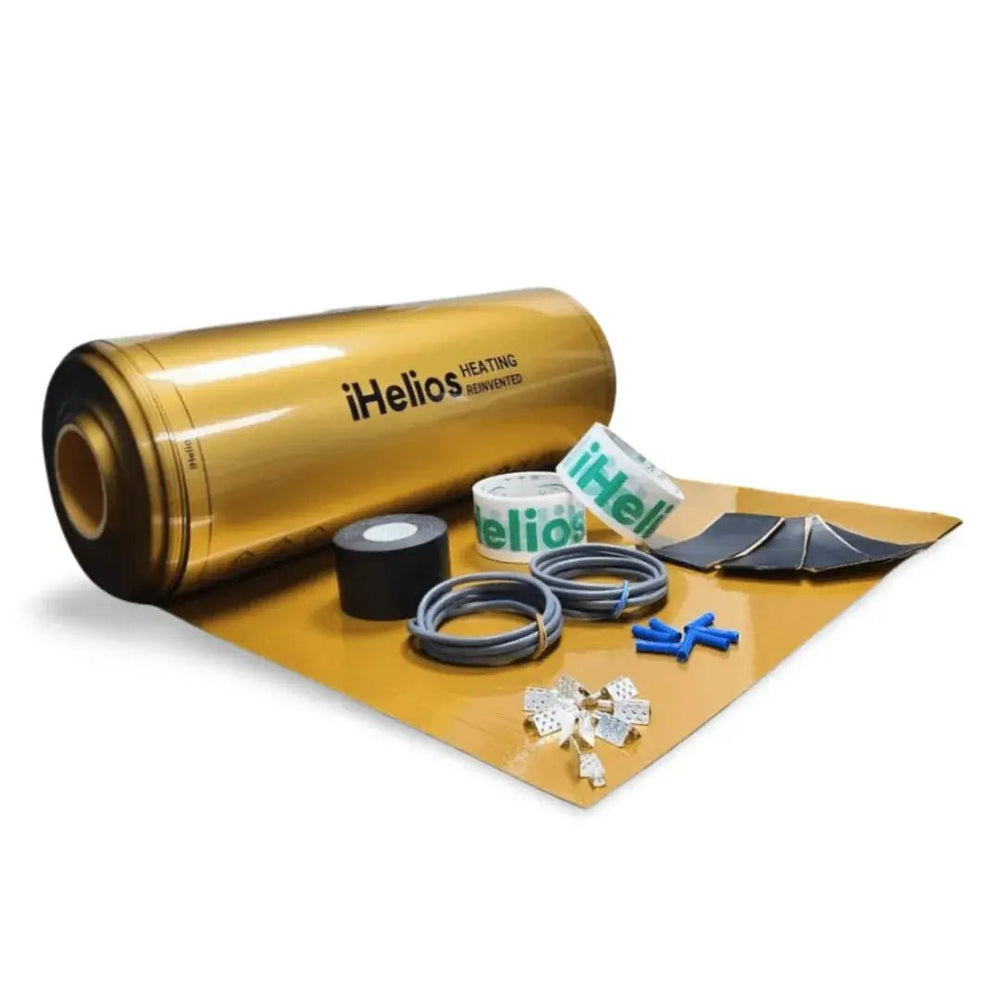Assess your infrared heating material requiment
Before calculating materials for Efficient Heat Systems, first determine your space's heating needs by considering these factors:
Room Size: Measure the length, width, and height to find the room's total volume.Insulation
Quality: Assess the insulation in your walls, floor, and ceiling—better insulation lowers heating requirements.Window
Area: Calculate the window area, as it significantly impacts heat loss.
Occupancy and Usage: Account for how many people use the room and their activities, which affect heat demand.




